Posted by Anna on 15th Nov 2022
Armstrong Tartan And Violent Reputation Of The Clan
A Scottish clan from the Scottish Borders is called Clan Armstrong. The clan is regarded as armigerous because it does not currently have a chief acknowledged by the Lord Lyon King of Arms. Here are all you need to know about Armstrong tartan and clan.
Armstrong Clan: Violent Reputation
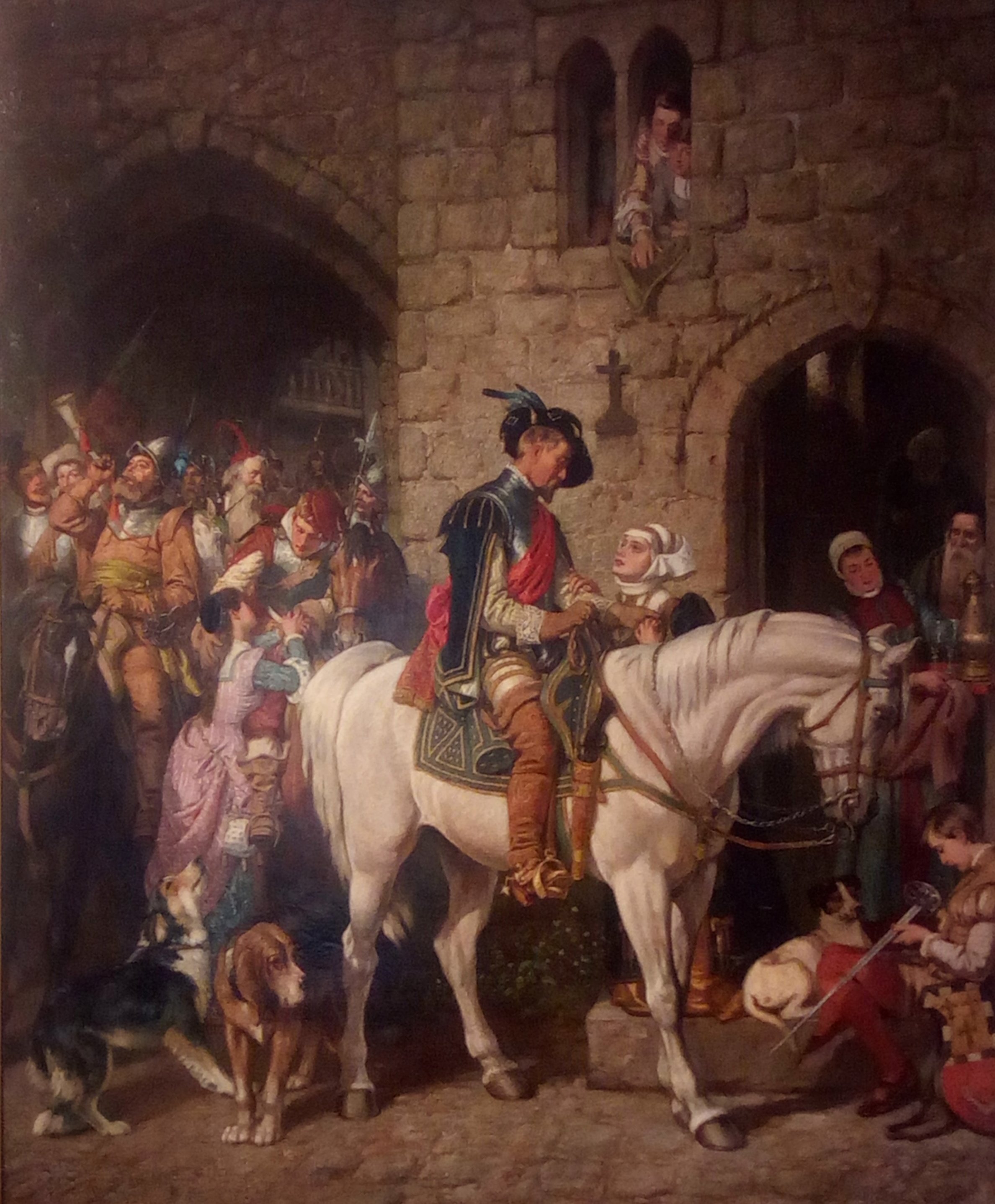
John Armstrong
The first Armstrong was Siward Beorn (sword fighter), also known as Siward Digry, according to history and tradition (sword strong arm). According to legend, he was the last Anglo-Danish Earl of Northumberland and a distant relative of King Canute, the Danish king of England who ruled from 1013 to 1035.
Northumbria and the Scottish Borders were home to many people named Armstrong. In Liddesdale and the Debatable Lands, the Armstrongs rose to prominence as an aggressive and warlike clan. According to historian George Fraser Black, Adam Armstrong received a pardon in 1235 for his role in the death of another man. The Armstrongs are said to have supported Robert Bruce's cause during the Scottish Wars of Independence, and their recorded loyalty to the king in the fourteenth century was undoubtedly more blatant than in following centuries.
The anti-Bruce conspirator William de Soulis captured and executed Alexander Armstrong, second laird of Mangerton, at Hermitage Castle. In 1363, Gilbert Armstrong served as the steward of David II of Scotland's household, the king's master of the horses, and an ambassador to England. The Earl of March and Dunbar, who was at the time the main defender of the Scottish border, mentioned Sir Adam Armstrong as one of the knights who were permitted to leave Scotland in 1374. John Armstrong participated in the Battle of Otterburn fourteen years later while serving in James, second Earl Douglas' army. Alexander, David, and Geoffrey Armstrong pledged to maintain the peace along the border in 1398 under the alias "borowis" for the third Earl of Douglas.
Downfall Of Armstrong Clan
A sturdy tower was built in Liddesdale circa 1425 by John Armstrong, the brother of Armstrong of Mangerton. The Armstrongs reportedly once held control of the disputed areas and were able to raise three thousand horsemen. Lord Dacre, the English Warden of the Marches, assaulted the Armstrongs' tower in 1528, but the Armstrongs struck back by setting Netherby ablaze. James V of Scotland perceived the Armstrongs' influence as a danger to his own power. Tradition has it that James duped John Armstrong of Gilnockie into attending a meeting at Hawick, where the king promptly hanged the Armstrong laird. When the Armstrongs refused to stand with him at the Battle of Solway Moss in 1542, King James continued to treat them poorly.
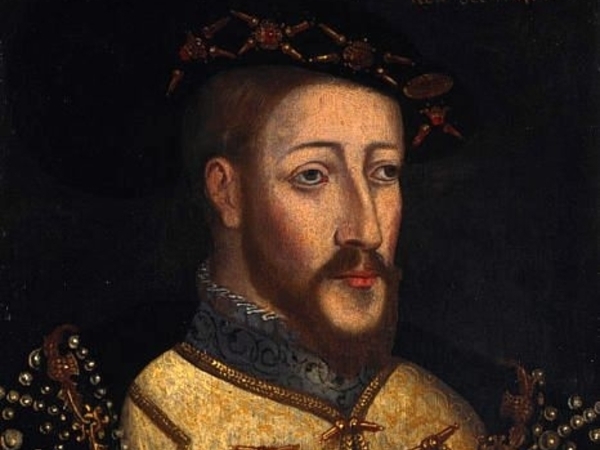
James V of Scotland
The Anglo-Scottish Wars of the Borders were finally put to a stop in 1603 by the Union of the Crowns. The final Armstrong laird was executed by hanging in Edinburgh in 1610 for organizing an attack on Penrith, England. The Crown then launched a brutal effort to appease the Borders in response. Families became dispersed as a result, and many sought out new residences in Ulster, particularly in County Fermanagh. Armstrong is currently one of Ulster's fifty most popular names. Since the clan was split up in the 17th century, the Armstrong chiefs have vanished.
Curiously, a number of Armstrongs are listed as officers in the royalist troops supporting Charles I in the Wars of the Three Kingdoms despite their strained relationship with the Stewart throne. Among the many royalist victims buried at St. Olave, York, was "Robert Armstrong, Gent, one of His Maties Servants." Sir Thomas Armstrong, a professional soldier who immigrated to Ireland in 1639, was chosen to serve in the Dublin parliament and served the king in the forces of the Earls of Ormonde and Inchiquin. Throughout the following ten years, he and his sons Thomas and William actively participated in royalist plots against the Cromwellian Protectorate. As a subordinate of the earl of Traquair, William ("Christie's Will") Armstrong, possibly the last of the clan's infamous border freebooters, also participated in royal conflicts.
Descendants Of The Clan
Among the numerous notable Armstrongs are Neil Armstrong, the first person to walk on the moon, who brought a portion of the Clan Armstrong tartan with him, and Sir Alexander Armstrong, an Arctic explorer. Gilnockie's descendants are the Armstrong Baronets. Alexander Armstrong, a comedian, is descended from them. A related person is Edwin Howard Armstrong, who created FM radio. Since the clan was dispersed in the 17th century, there has been no sign of the Armstrong chiefs, although there is a strong and active clan association, and the Clan Armstrong Trust was created in 1978.
Clan Armstrong's Castles
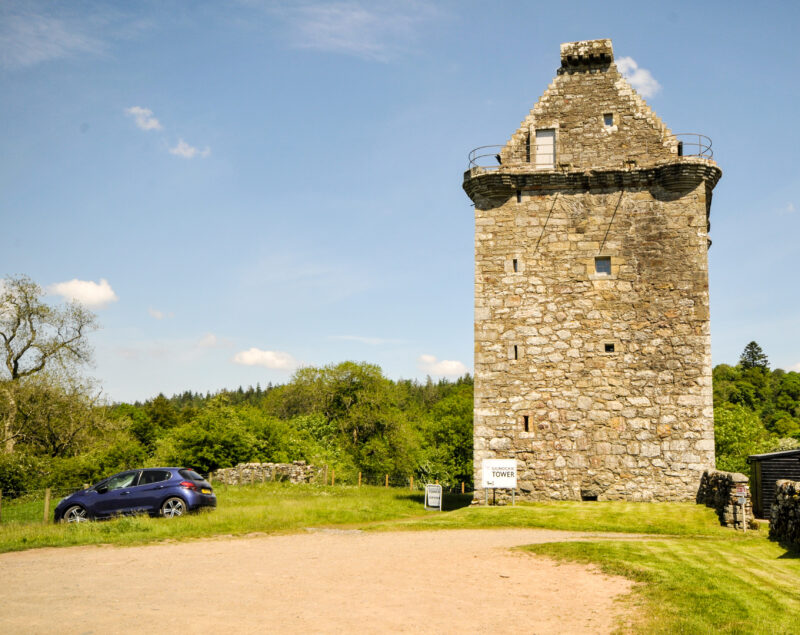
Gilnockie Tower
The Clan Armstrong has owned various castles, including, among others:
Gilnockie Tower is often called Hollows Tower. Gilnockie Tower is located a few miles north of Canonbie in the Scottish county of Dumfries. Although Gilnockie Tower was reportedly constructed in 1518, the location likely once housed an earlier fortification. A Clan Armstrong Center is now located there.
One mile south of Newcastleton, close to the English border, is Mangerton Tower. The Minholm Cross, built close by around 1320 to remember Alexander Armstrong's slaying in Hermitage Castle, lies there.
Armstrong Tartan
Here are some Armstrong tartan items that my store have for sale.
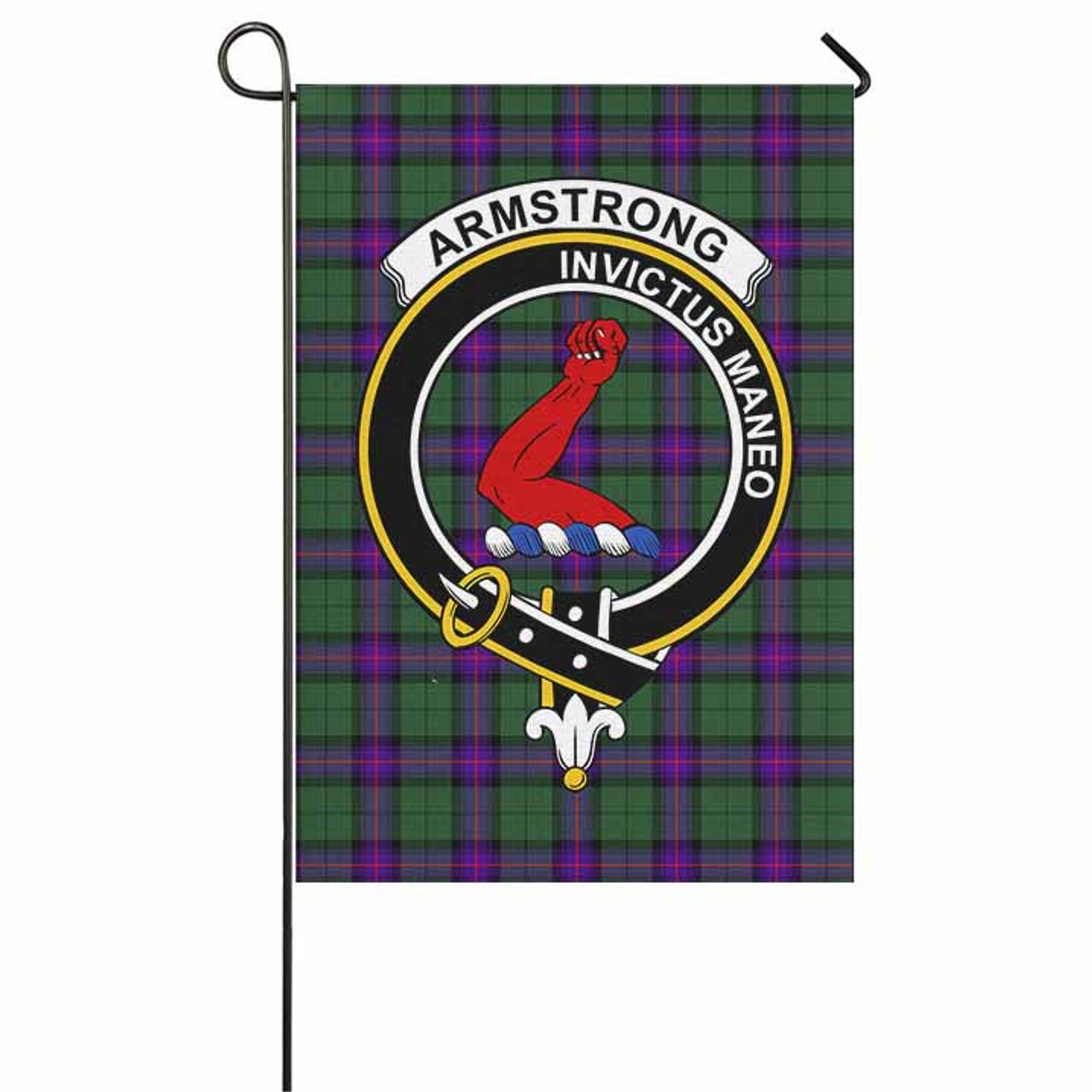
Scottish Armstrong Clan Crest Tartan Garden Flag. Buy products here.
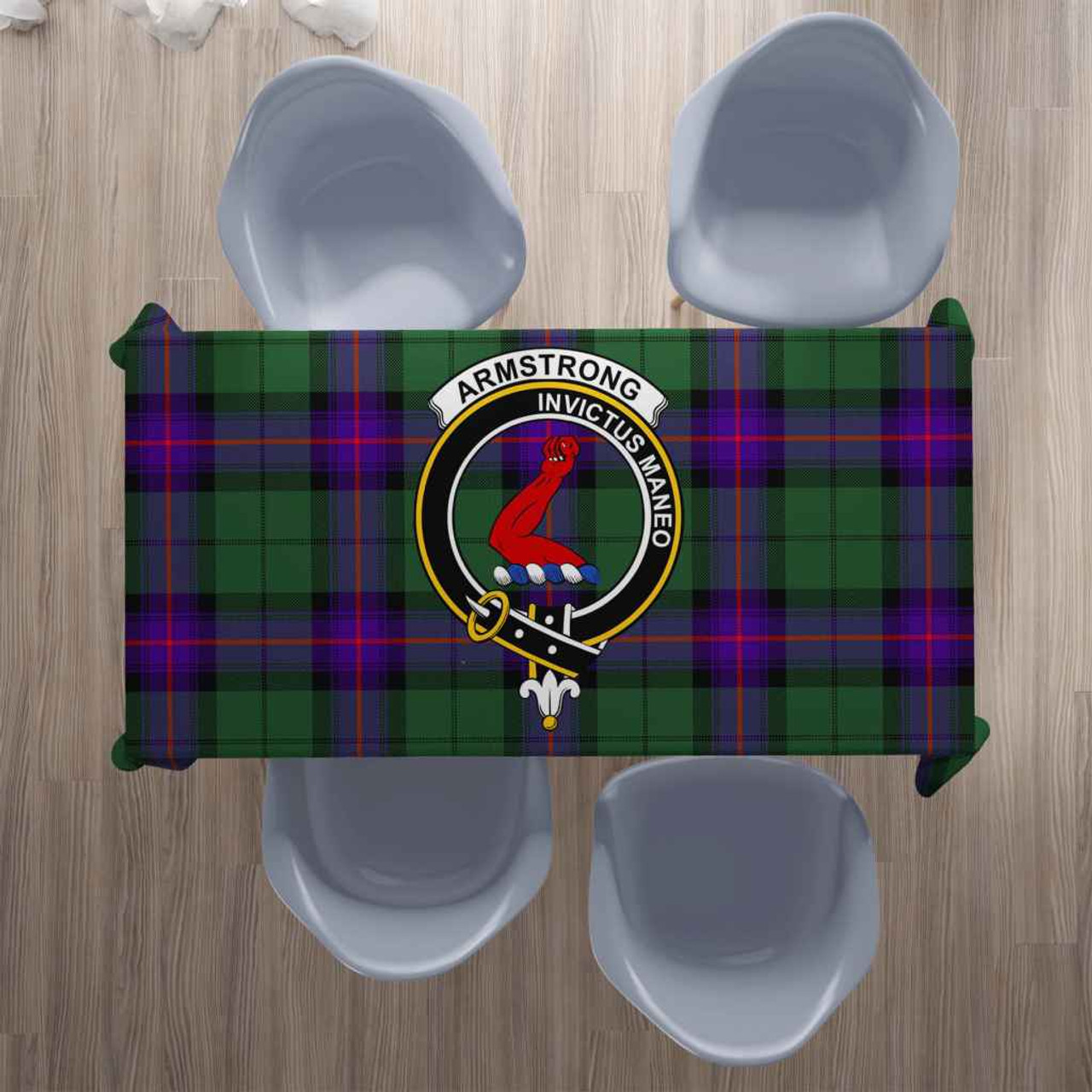
Scottish Armstrong Clan Crest Tartan Tablecloth. Buy products here.

Scottish Armstrong Clan Crest Tartan Door Mat. Buy products here.

Scottish Armstrong Modern Clan Tartan Slippers. Buy products here.

Scottish Armstrong Modern Clan Crest Tartan Quilt. Buy products here.

Scottish Armstrong Clan Crest Tartan Messenger Bag. Buy products here.
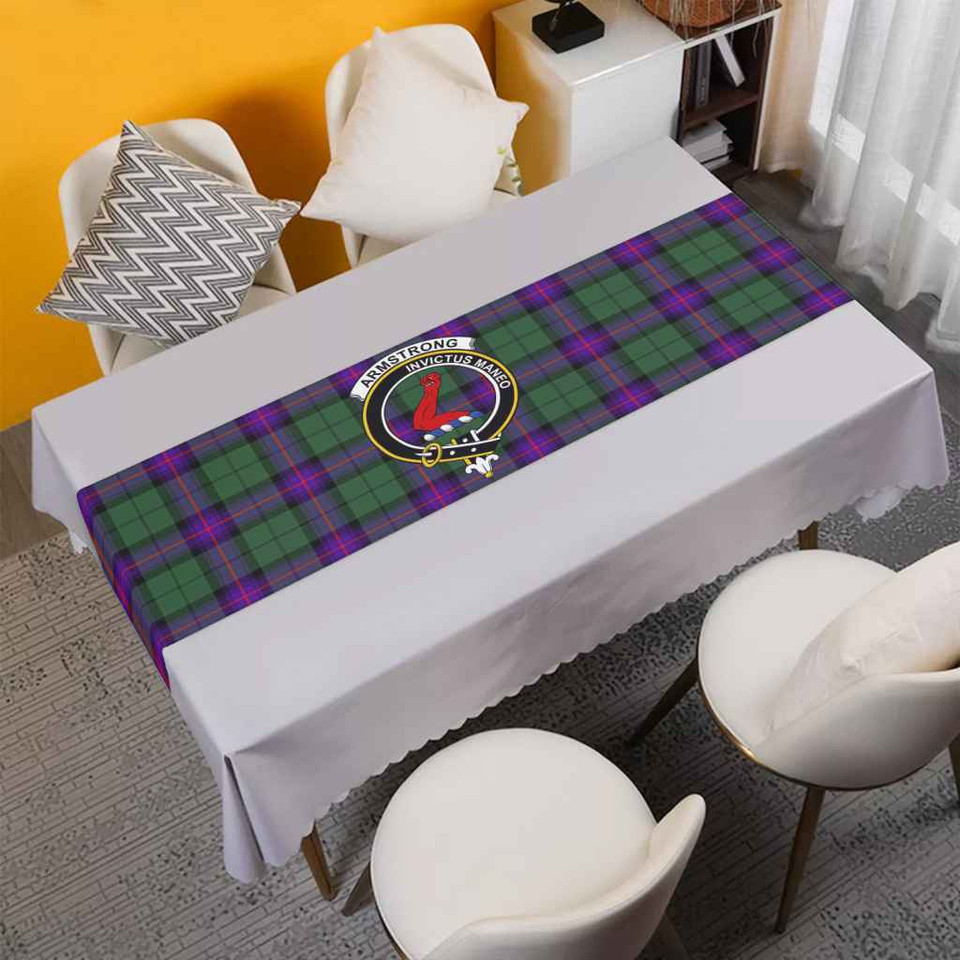
Scottish Armstrong Clan Crest Tartan Table Runner. Buy products here.

Scottish Armstrong Clan Crest Tartan Hoodie. Buy products here.
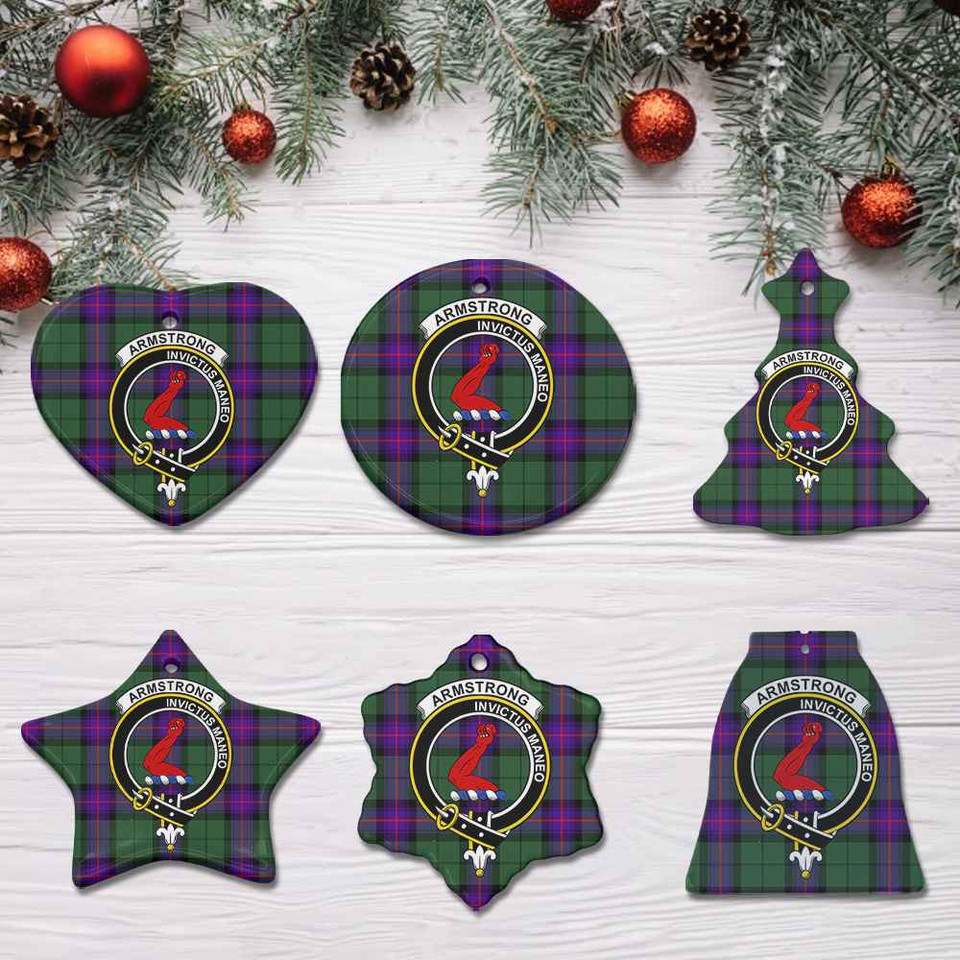
Scottish Armstrong Clan Crest Tartan Ceramic Ornament. Buy products here.
We have all these items for sale. If you are interested in Armstrong Tartan, please visit our online store here.
In particular, we have a 15% discount code exclusively for the readers reading this article! Please insert code: VBLOG15 for your cart. Happy shopping!

